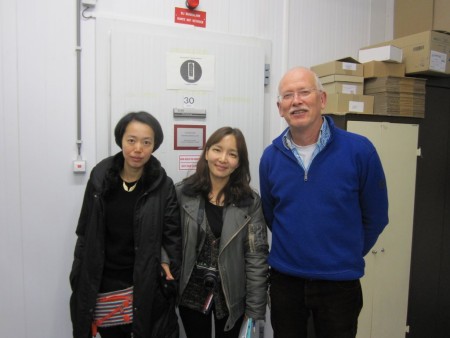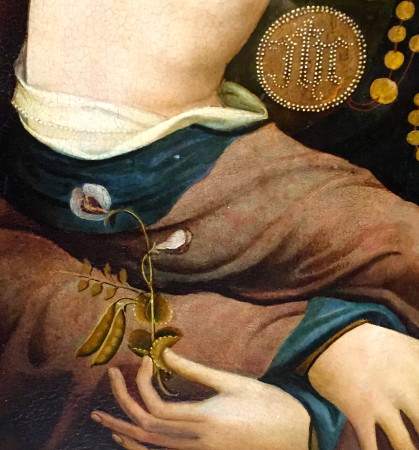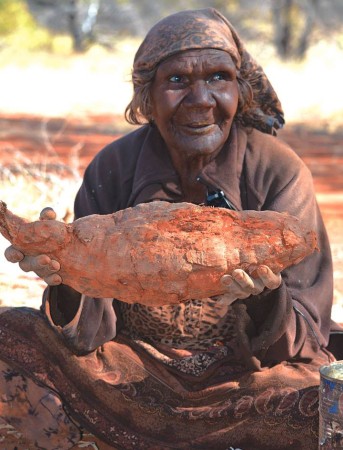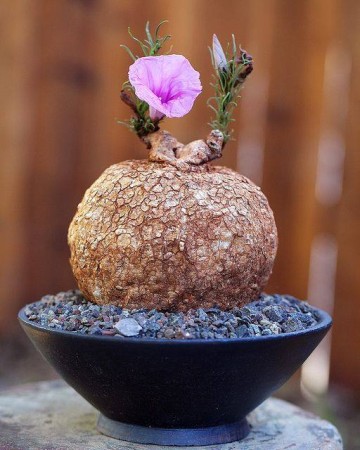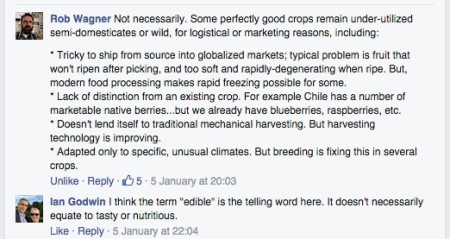Congratulations to Bert Visser (pictured, right, entertaining visitors from the Korean genebank recently) on his retirement from the Centre for Genetic Resources, the Netherlands, the Dutch national genebank. And likewise congratulations to Sipke Joost Hiemstra and Theo van Hintum on taking over his responsibilities.
